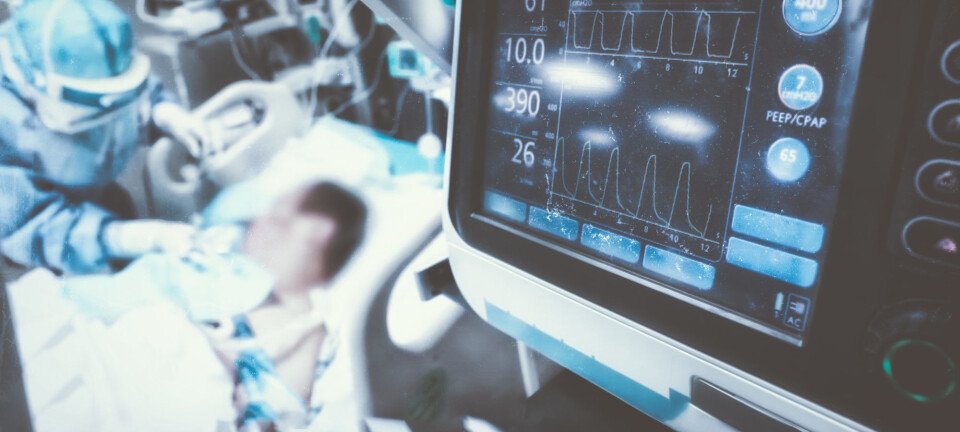This article is produced and financed by NTNU Norwegian University of Science and Technology - read more
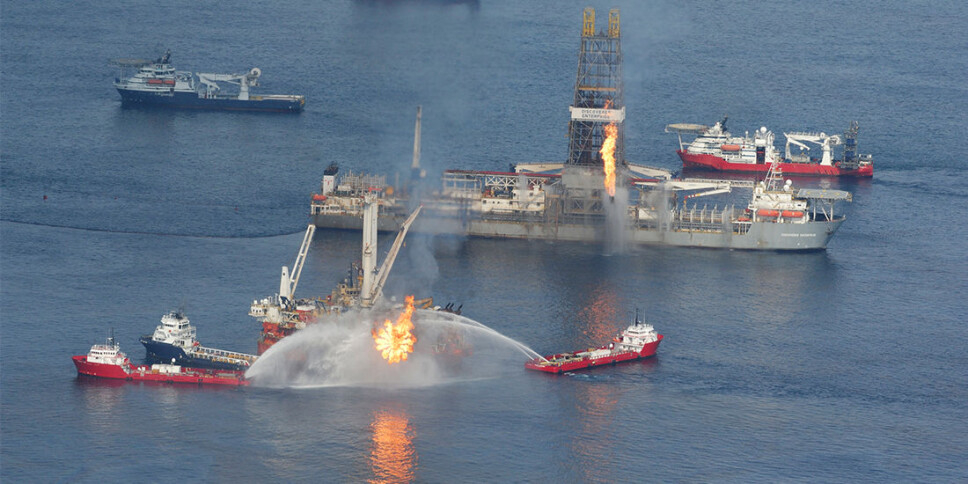
New lessons from the worst oil spill disaster ever
Ten years ago, the Deepwater Horizon accident in the Gulf of Mexico killed eleven men and resulted in the largest accidental oil spill in history. Years of investigations concluded that the drilling crew missed critical warning signals that would have stopped the problem. A new analysis suggests that wasn’t the case.
The magnitude of the Deepwater Horizon accident is almost impossible to fathom. On April 20, 2010, eleven men died when the drilling rig exploded. An estimated 507 million litres of oil spilled into the Gulf of Mexico over 87 days, coating nearly 1000 km of coastline with sticky black goo. Birds and marine life took a beating, and shrimpers who relied on the Gulf of Mexico were deeply affected when fishing grounds were closed.
Years of investigations and legal proceedings found many reasons for the accident, including that the crew itself had missed critical information which, had they noticed in time, would have allowed them to address the problem before it exploded.
But a new analysis of data from the drilling platform paints a very different picture of what has previously been found, said Dag Vavik, a Norwegian engineer with 30 years in the industry. Vavik recently defended his PhD on the accident at the Norwegian University of Science and Technology, NTNU.
“In previous investigation reports… we have been told how the drilling crew failed to observe that the well was flowing during the last 20 minutes before the explosion,” Vavik said. “However, real time data and witnesses from the Deepwater Horizon tell a different story.”
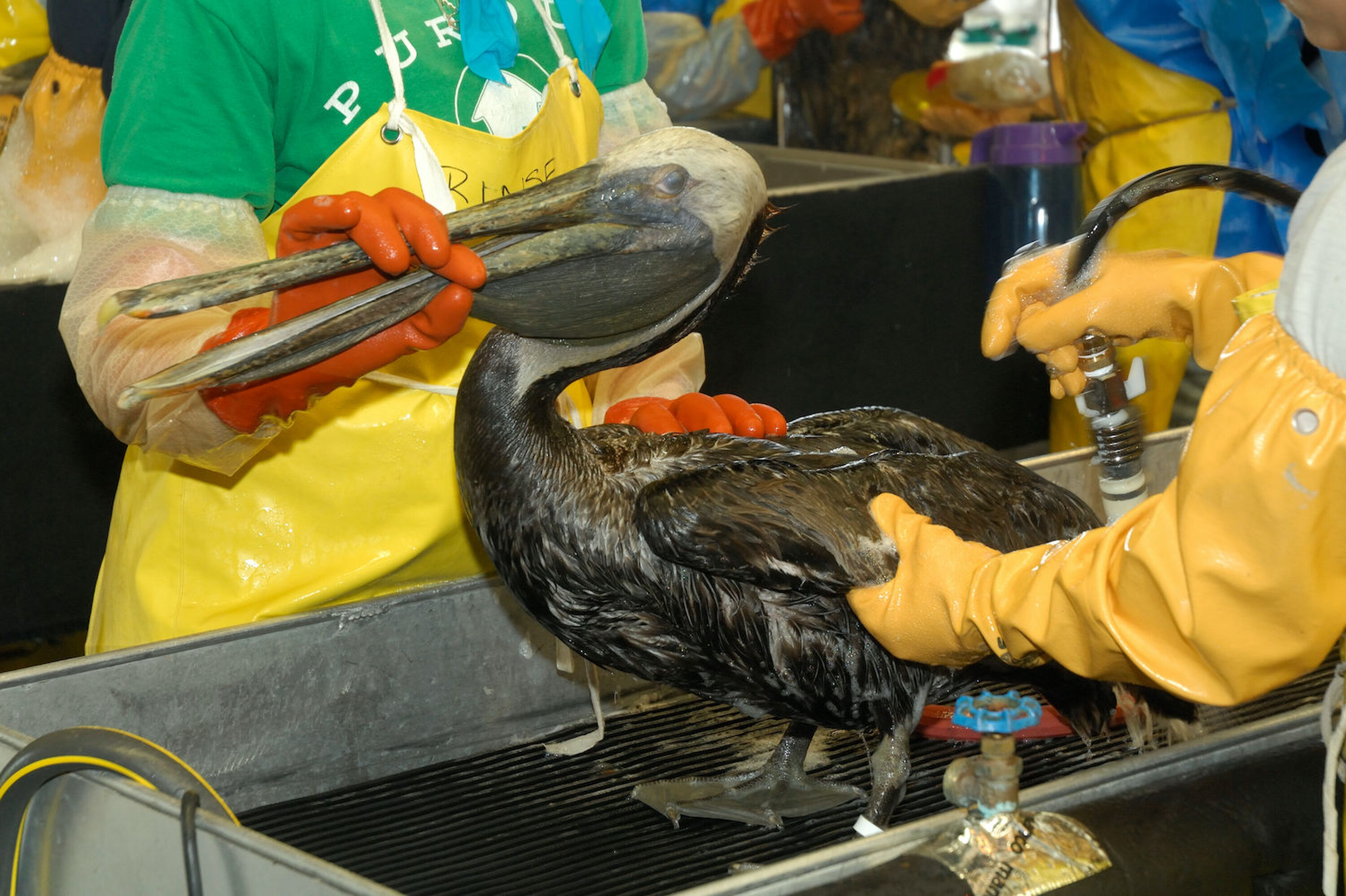
Questioned industry standard
Vavik has nearly 25 years’ experience designing offshore floating drilling units, like the Deepwater Horizon, and was well aware of the problems these rigs could face.
His experience made him question an industry practice recommended in 2001 for separating natural gas from drilling mud. Vavik felt the recommendation could result in an uncontrolled release of mud and gas onto the rig.
The Deepwater Horizon’s mud gas separator system was based on this recommendation. The problem was that the system was designed to allow gas and mud to return from the well by being routed directly to the mud gas separator without any restrictions, Vavik said.
His concerns about the industry practice led him to warn clients and alert his colleagues to the problem. Ultimately, he ended up designing a new system for handling the mix of mud and gas for deep water drilling ships commissioned by Petrobras in Brazil. He ultimately patented the design.
Read BP’s accident investigation report
Vavik became deeply interested in the Deepwater Horizon accident after reading BP’s own report on the disaster. The company found that one of the main problems contributing to the explosion was the design of the mud-gas separator system — the exact issue that Vavik himself had flagged years before, when the industry instituted its 2001 practice.
“When I read this in the investigation report, I blamed myself for not having done more than I did… to get the industry to change the industry practice with having a mud gas separator directly connected to the diverter system,” he said. “At the time I promised myself to do whatever I could to prevent such a disaster ever happening again.”
Years later, however, Vavik found out that the drilling crew probably didn’t use the mud gas separator system during the accident, and likely tried to divert this fluid directly overboard, which is what the written instructions said they were supposed to do.
“In one way this was a relief,” he said. “On the other hand, this meant that something else must have caused this accident.”
And that is what Vavik really wanted to find out.
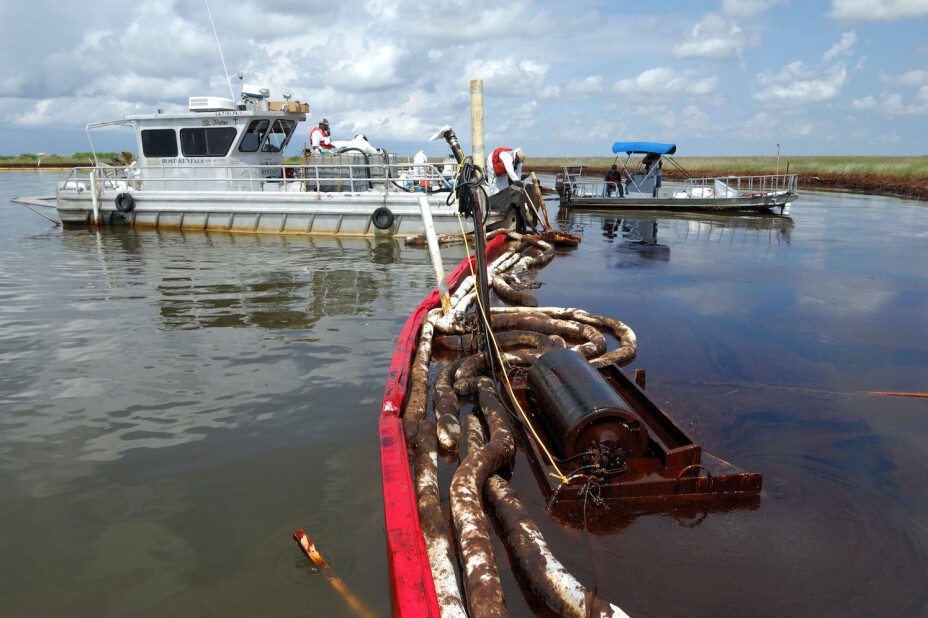
Previously overlooked data
What launched Vavik on his PhD, however, was the discovery in 2014 that some information from the Deepwater Horizon had simply been dismissed as improbable.
To understand what Vavik found — and why it matters — you need to first understand what the drilling crew would have been looking for — and what they found.
The Deepwater Horizon drill ship was an exploration ship, looking for oil and gas. It was not designed to produce oil and gas, just to find it. Once the find at this particular drill site had been confirmed, the crew sealed off the well so it could be later developed for production. If all had gone according to plan, the drill ship would have moved on.
But things didn’t go to plan. The well wasn’t actually sealed off properly, and instead, there was a huge build-up of gas in the well’s piping system in the days before drilling stopped and as the crew tried to seal off the well. This gas exploded on April 20 and caught fire.
Gas influx is a known problem, Vavik said, and the Deepwater Horizon had two independent sensors that should have detected it. In fact, the two sensors actually showed that there was no flow in the system until right before the explosion.
But somehow investigators decided that the crew hadn’t detected the problem. In their accident assessment report, BP wrote that the “rig crew did not recognize the influx and did not act to control the well until hydrocarbons had passed through the BOP (blow out preventor) and into the riser.” Vavik says that’s not quite right.
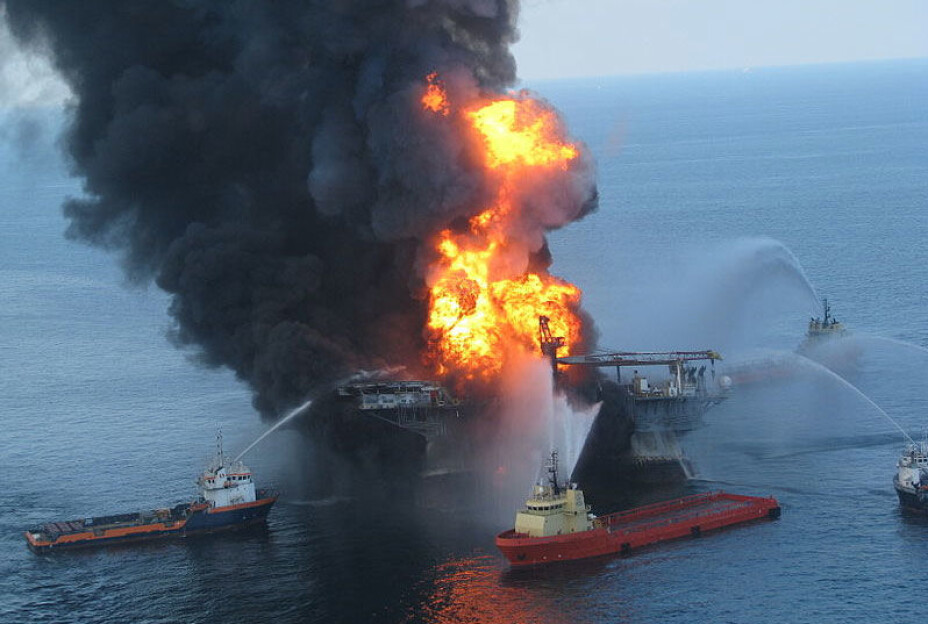
Data suggests well was plugged
Using data from the sensors and a series of simulations in the lab, Vavik says that part of the problem was that the system was plugged with gas hydrates, which can form when natural gas encounters cold water and freezes into a kind of natural gas ice.
The plug of natural gas hydrates means that there was no way for the crew to know exactly what was going on until right before it happened.
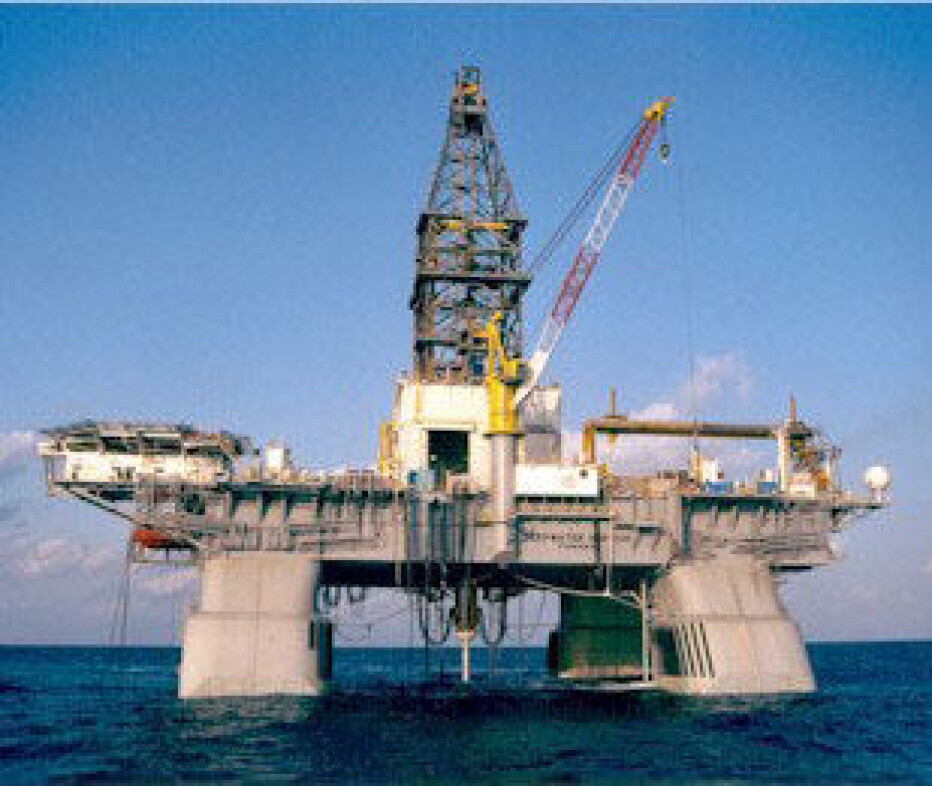
Vavik said BP’s investigations and simulations predicted that thousands of gallons of fluid were coming up from the well every minute during the last 30 minutes before the explosion. However, he said, the two flow sensors showed that there was no return flow from the well until right before the accident.
“Several witness statements support what the recovered flow meter data was telling us. The situation developed extremely fast,” he said. “Flow from the riser started to come back only a couple of minutes before the first explosion.”
Furthermore, Vavik said, some of the actions known to have been taken by the crew just before the explosion suggested that they knew there was a plug in the system.
The crew was troubleshooting and investigating what may have caused the anomalies they had detected when the hydrate plug suddenly loosened, Vavik said.
“This caused rapid gas expansion and pressure built up underneath the gas hydrate plug, allowing the plug to move like a “bullet” in a gun barrel,” he said. “Then it was too late to avoid the accident.”
A forensic study
Among Vavik’s dissertation opponents was Jerome Schubert , an associate professor in petroleum engineering at Texas A&M University.
“Your dissertation was like a forensic study, step-by-step,” he said during the defence. “You used simulations to back up your ideas. I liked your work, and it was great work.”
Schubert said it was important for the industry to have a better understanding of what can go wrong in deep water drilling situations, and that Vavik’s findings did just that.
“That is the value of your work,” Schubert told Vavik. “There were a lot of questions there (in the accident) that no one had the answer to. You offer potential reasons as to why things didn’t look normal.”
Among the recommendations Vavik offered based on his research was that the industry needs a better way to detect influx of gas and gas hydrates earlier than was done on the Deepwater Horizon. The explosion couldn’t have happened without tons of natural gas entering the drilling system undetected until it was too late, he said.
“The people who can tell the real story of what happened are not here anymore,” he said. “I hope that the research work I have done will contribute to give the families and colleagues of the eleven men a better understanding of what really happened in the last 45 minutes before the explosion.”









